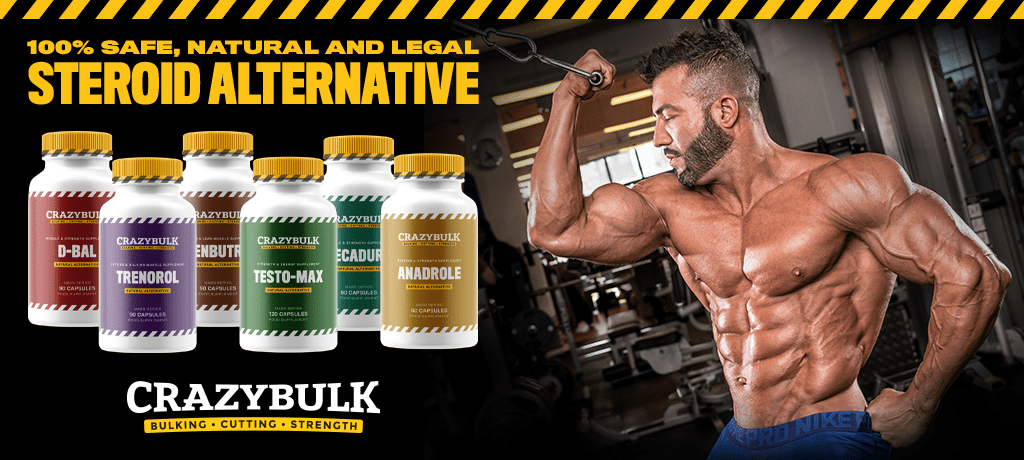Many examples of anabolism and catabolism can be found in living organisms such as digestion, photosynthesis or mitosis.
Anabolism and catabolism are chemical processes in Cells that act in separate phases. Together they form the Metabolism for living organisms. To live, living things require energy. This energy is provided by a molecule called Adenosine triphosphate (ATP).
Heat is produced in all energy transformations. This is why all living organisms emit heat.
Catabolism is a process that breaks down molecules into smaller units by a series chemical reactions, which releases energy.
Catabolism is responsible to creating the energy required by anabolism to synthesize hormones, enzymes and sugars that are necessary for cell growth, reproduction, and tissue repair.
Anabolism involves the construction or reorganization of molecules by a series chemical reactions. This makes them more complicated. This process requires energy. Examples of anabolism and catabolism
Five examples of catabolism
1- Digestion
It breaks down organic nutrients into simpler components that can be used by the body. This process releases energy, which is stored in the body’s ATP molecules. This stored energy is used to perform anabolism-related reactions. Cellular respiration
Cellular respiration is the process of breaking down large molecules of organic compounds (mainly glucose), into smaller molecules, releasing energy and allowing cells to produce ATP molecules.
Cellular respiration converts sugars (glucose), into ATP molecules. All living things contain ATP molecules. Fermentation
It is a method of getting energy in the absence oxygen. This involves the breakdown of glucose. This is incomplete oxidation.
When there is little oxygen, muscle cells can ferment lactic acid. This can happen, for example, after exercising.
The lactic acid that is produced in muscle cells is carried by blood to the liver where it is converted back into lactic acid and processed in normal manner in cellular respiration. Aerobic exercise
It’s any exercise that burns calories or fat and consumes oxygen. This includes swimming, biking, and dancing.
It is important to keep your activity going for at least 20 minutes. After that, your body will experience changes in its use of glucose and glycogen. This causes the body to burn fat for energy.
Catabolism’s chemical reactions provide all the energy the body needs to do a physical activity. Krebs Cycle
This is the last stage of oxidation and is also known by the citric acid cycle. This process is found in every living cell. Cellular respiration is the process by which proteins and fats can be assimilated, transforming these into energy.
Five examples of anabolism
1- Photosynthesis
It is the process by which plants, algae, and some bacteria convert sunlight into chemical energy. This allows them to grow, feed, and develop.
Photosynthesis requires chlorophyll, which is found in the leaves. It is responsible for the absorption and utilization of sunlight that is suitable for it.
The one that gives plants their green color is called chlororophyll. It captures the sun’s rays and transforms the sap into food. The leaves of plants expel oxygen. Protein Synthesis
It involves the creation of proteins from essential amino acids. The synthesizing of carbohydrates
The production of glucose transforms the degeneration of sugars like sucrose and lactose. The stimulation of insulin hormone is responsible for this whole process. Mitosis
Cell division is when a single cell becomes two identical cells. Mitosis can be explained by cell growth or replacing worn cells.
The cell division includes 4 phases: metaphase, prophase, anaphase, telophase and anaphase.
When they reach adulthood, many cells cannot be divided. This includes neurons, muscle fibers, and red blood cells. Exercise to build muscle mass
Muscle mass can be built by exercising with high intensity for a short time, not more than 2 minutes.
Anaerobic means “airless”. This exercise increases muscle strength and speeds up movement.
These types of exercises include weight lifting, speed running and jumping rope.
The Necessary Hormones for Catabolism and Anabollism
Catabolic Hormones
* Cortisol: The “stress hormone”. It raises blood sugar and blood pressure, decreasing the immune response.
* Glucagon – Stimulates glycogen (stored carbohydrate in the liver that are used for energy during physical activity), which results in a rise of blood sugar.
* Adrenalin: It increases heartbeat and opens the bronchioles.
* Cytokines: They regulate cell communication. They are made by the immune system.
Anabolic Hormones
* Growth Hormone: Releases the hormone somatomedin to cause growth.
* Insulin: This hormone regulates blood glucose levels.
* Testosterone is a male hormone which develops its sexual characteristics.
* Estrogen is a hormone produced by females that affects their sexual characteristics.
Refer to
1. (01 to 03 of 2012). Anabolic and catabolic reactions. Retrieved from antranik.org, 06/06/05
2. (07/03/2012). Introduction to Cellular Respiration: The production of ATP. Retrieved from antranik.org, 05/05/05.
3. (S.f.). Anabolism Vs. Catabolism. Retrieved from 06/06/05
4. Genome Campus. (25 of 01 2016). What is mitosis? Retrieved from yourgenome.org on 06/05/2017
5. Kornberg, H. (s.f.). Metabolism. Retrieved from 05/05/05
6. Nahle, N. (12 February 2007). Metabolism. Recovered by biocab.org on 06/05/2017
7. Nordqvist C. (10/10/2016). Metabolism: The Truth Behind the Myths. Retrieved 06/06/05, from medicalnewstoday.com.

